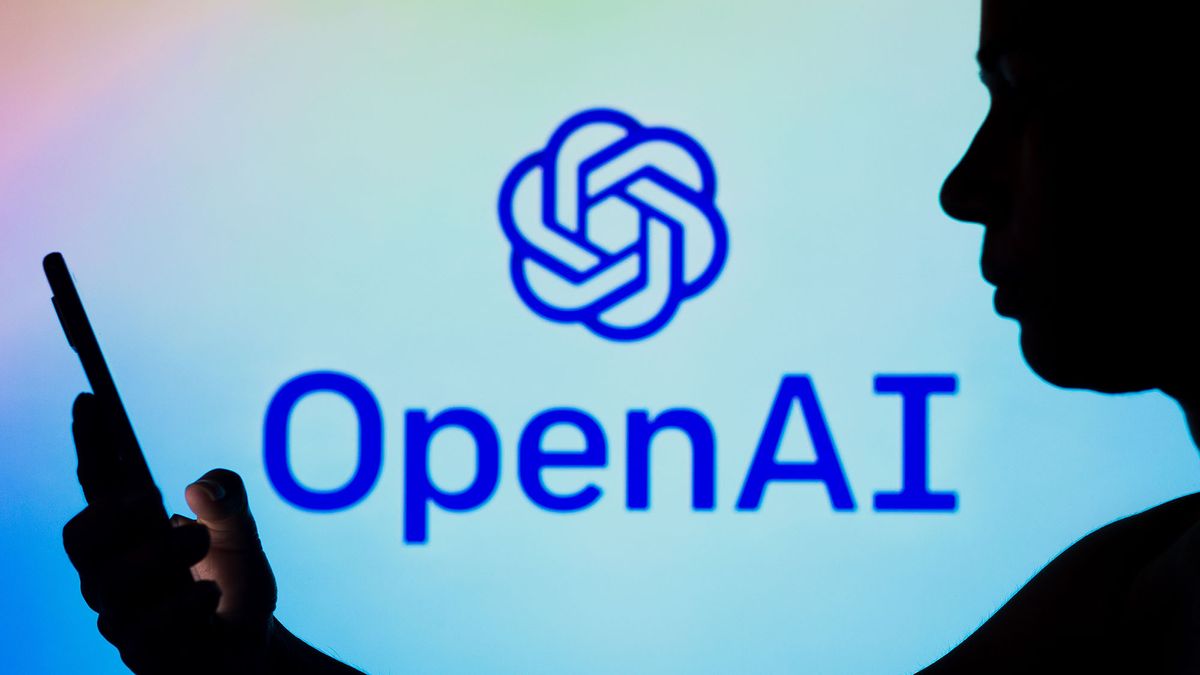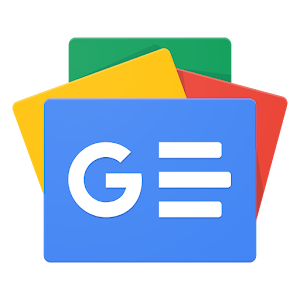Estimates suggest that the most advanced model from OpenAI may cost as much as $30,000 per task.

OpenAI’s O3: A Deep Dive into High-Powered AI
In December, OpenAI introduced a new reasoning model called O3, which aims to enhance decision-making and problem-solving abilities. This model signifies a strategic shift for OpenAI as it ventures into more advanced artificial intelligence territory. However, the impressive capabilities of O3 come at a significant financial cost.
Partnership with the Arc Prize Foundation
Upon launching O3, OpenAI collaborated with the Arc Prize Foundation, which administers the ARC-AGI test. This benchmark exam assesses advanced AI models using straightforward puzzles that most humans can solve easily. Interestingly, these tasks prove to be quite challenging for AI systems like O3.
Initially, the foundation estimated that O3 could solve complex problems at around $3,000 per task. However, later analyses raised this estimate to approximately $30,000 for each problem, indicating just how resource-intensive these advanced AI models are.
Understanding OpenAI’s O3
The O3 model is distinct from the models that power ChatGPT. Specifically designed for complex reasoning tasks, O3 requires significantly enhanced computing power. Users can choose from three levels of reasoning efforts when utilizing the O3 model: low, medium, and high.
- Low: Basic reasoning, offering more cost-effective solutions.
- Medium: Moderate reasoning, balancing performance and cost.
- High: Advanced reasoning, requiring substantial resources and yielding the best results.
Cost Implications
The latest ARC-AGI test results reveal that the high-effort O3 model demands 172 times more computing power than its low-effort variant. For instance, while the more accessible version might not score as impressively, it could ultimately prove to be a more economical choice for developers.
Analyzing Performance
In the rigorous testing conducted by the Arc Prize Foundation, O3 (high) showcased extraordinary capabilities, albeit with consequential costs. It completed 1,024 attempts for every task, producing around 137 pages of content for each try. This astonishing output totals approximately 43 million words, comparable to composing an entire Encyclopedia Britannica for a single task.
Toby Ord, a senior researcher at Oxford University, highlighted that the sheer volume of text generated by O3 (high) during these attempts raises questions about efficiency. While the high-effort approach yielded better performance, it could also be deemed excessive.
Future of O3 and Market Competition
As of now, OpenAI has not disclosed how much O3 will cost developers for usage. However, a smaller, more affordable variant called O3-mini is available. Though O3-mini comes at a lower price, its capabilities do not match those of its full-scale counterpart. For everyday users, the expense attached to O3 will likely be irrelevant, as ChatGPT remains one of OpenAI’s most economical offerings.
With competitors like Deepseek and Claude pushing for lower costs and more accessible AI models, OpenAI may soon find itself among the pricier options for advanced AI solutions. As the landscape of artificial intelligence continues to evolve, it will be crucial for OpenAI to strategize effectively to maintain its market position.




